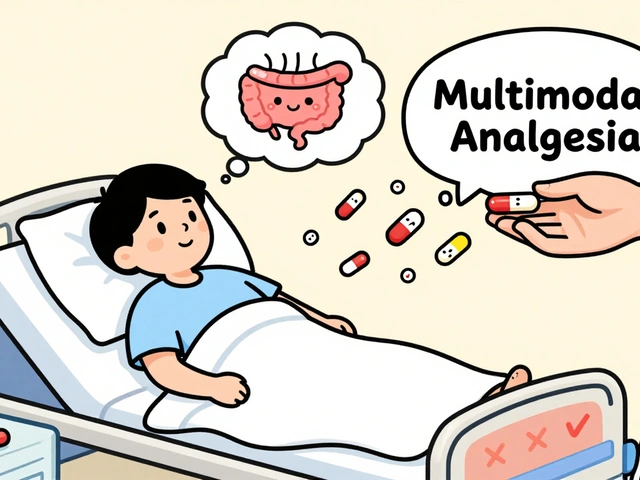Indinavir: What It Is, How It Works, and What You Need to Know
When you hear Indinavir, a protease inhibitor developed in the 1990s to block HIV replication. Also known as Crixivan, it was one of the first drugs to turn HIV from a death sentence into a manageable condition. Back then, patients took it every eight hours, often with strict food rules—no big meals, just water. It wasn’t easy, but it worked. Today, newer drugs have mostly replaced it, but understanding Indinavir helps explain how HIV treatment evolved.
Indinavir belongs to a class called protease inhibitors, drugs that stop HIV from cutting proteins needed to build new virus particles. Without these, the virus can’t mature or infect new cells. It’s not a cure, but it slows things down. That’s why it was paired with other drugs like AZT and 3TC in early combo therapies. These combinations, called HAART, became the gold standard. Today, we still use combo therapy—but now with fewer pills, less side effects, and no need to wake up at 3 a.m. to take a dose.
Indinavir had serious downsides. Kidney stones were common—some patients got them every few months. Nausea, diarrhea, and skin rashes added to the burden. It also messed with fat distribution, causing what doctors called "HIV lipodystrophy." That’s why most clinics stopped prescribing it by the mid-2000s. Newer protease inhibitors like darunavir and atazanavir don’t cause kidney stones as often, and they’re taken once or twice a day. But if you’re reading about Indinavir now, you might be looking at an old prescription, researching history, or checking drug interactions.
It’s also worth noting how Indinavir shaped patient care. Because it required strict timing and fasting, it forced people to think about their meds every day. That discipline helped build the foundation for today’s adherence programs. Even though we don’t use it much anymore, its legacy lives on in how we support people taking HIV meds today.
Below, you’ll find real posts from people who’ve dealt with HIV meds, kidney monitoring, drug comparisons, and treatment safety. Some talk about how older drugs like Indinavir affected their lives. Others compare modern alternatives. Whether you’re a patient, caregiver, or just curious, these guides give you the practical side of what it really means to live with HIV treatment—past and present.

A detailed comparison of Indinavir with top HIV protease inhibitor alternatives, covering efficacy, side effects, cost, dosing, and how to choose the right drug.






